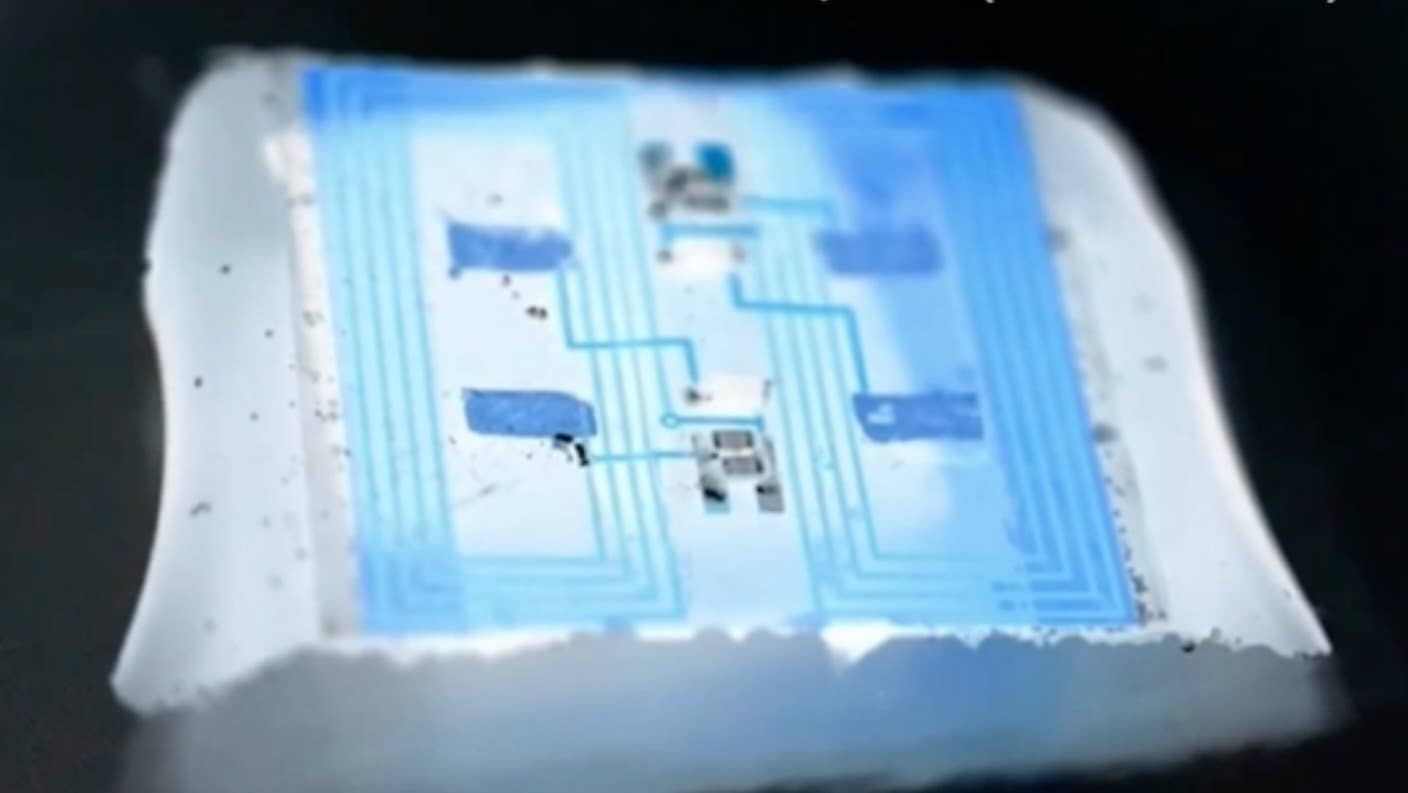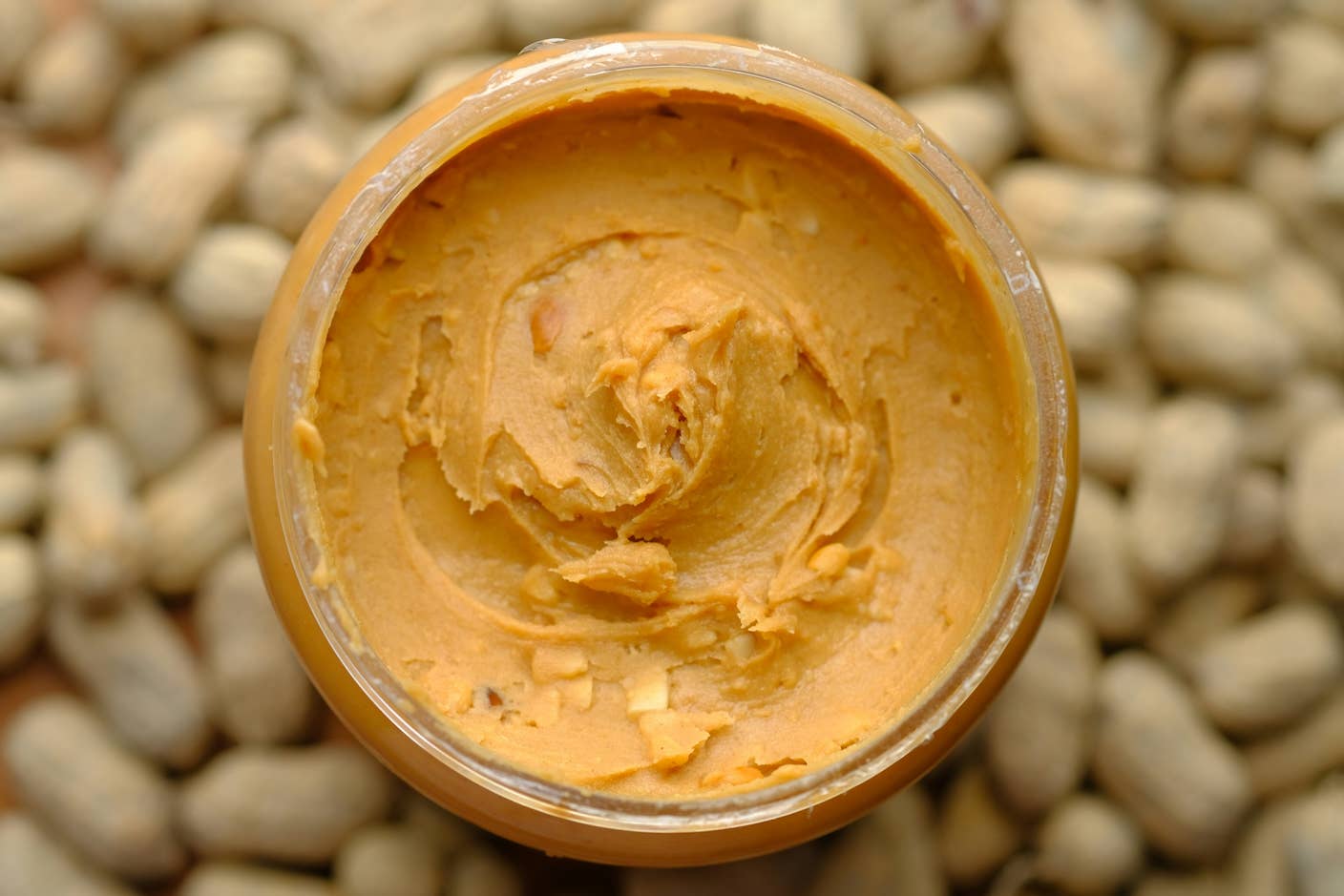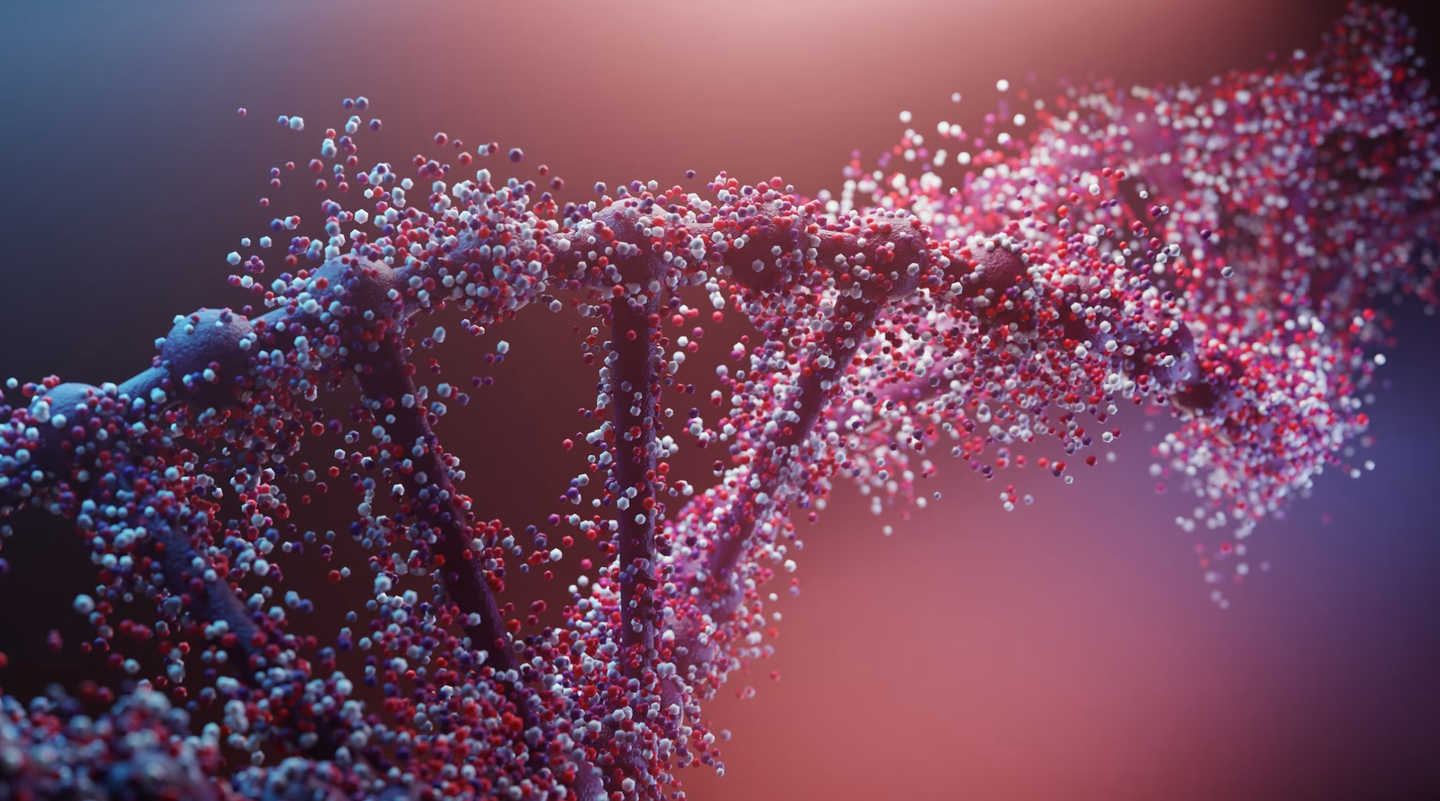This Biohybrid Robot Is Made of Human Cells and Controlled by a Machine ‘Mind’

Share
In a tiny laboratory pond, a robotic stingray flaps its fins and swims around. Roughly the width of a dime, the bot dashes distances multiple times its body size. It easily navigates around corners and swims far longer than previous flapping microbots of a similar design.
Its secret? The robot is a biohybrid blend of living, human-derived neurons and muscle cells controlled by a programmable electronic “brain.” The cells cover a synthetic “skeleton” with fins and form dense connections like those that drive movement in our bodies.
Also onboard is a wireless electronic circuit with magnetic coils. The circuit controls the robot’s neurons—either amping up or damping their activity. In turn, the brain cells trigger muscle fibers. The robot can flap its fins separately or together with the flexibility of a stingray or a butterfly.
Watching the robot move is mesmerizing, but the study isn’t just about cool visuals.
Robots have long tapped into examples of movement in nature to increase their dexterity and reduce energy usage. For now, the biohybrid bots can only live and operate in a nutritious soup of chemicals. But unlike previous designs, the bots push the field into the “brain-to-motor frontier” and could lead to autonomous systems “capable of advanced adaptive motor control and learning,” wrote study author Su Ryon Shin at Harvard Medical School and colleagues.
The technology could be a boon for biomedicine. Because it’s often compatible with living bodies, “tissue-based biohybrid robotics offers additional interdisciplinary insights in human health, medicine, and fundamental research in biology,” wrote Nicole Xu at the University of Colorado Boulder, who was not involved in the research.
Nature’s Touch
Scientists have long sought to develop soft, agile, and flexible robots that can navigate different terrain while using minimal energy—a far cry from the rigid, mechanical Terminator.
Often, they look to nature for ideas.
Thanks to evolution, every species on Earth has a fine-tuned system of movement tailored to its survival. Although each system differs—the brain wiring behind a butterfly flapping its wings is hardly similar to that of a blue whale spreading its fins—one central concept connects them all.
Each species needs a system that connects movement to its environment and quickly responds to stimuli. While this comes naturally to living creatures, robots often stumble when faced with unexpected challenges.
“Animals typically have a higher performance—such as increased energy efficiency, agility, and damage tolerance—compared to their robotic counterparts because of evolutionary pressures driving biological adaptations,” wrote Xu.
It’s no wonder scientists look to nature to design bioinspired robots. Two favorites are ray fishes and butterflies, both of which use very little energy to flap their fins or wings.
Last year, one team engineered a butterfly-like underwater robot with a synthetic hydrogel. Using light as a controller, it could flap its wings to swim upwards. Another mostly silicone minibot swam at high speeds with a “snapping” action, like when closing hairpins.
Both bots used entirely engineered materials and needed actuators to sense stimuli, say, light or pressure, and alter the robot’s moving components. Though successful, these can often fail.
Brain Meets Machine
Enter biohybrid robots.
These bots use biological actuators to easily convert different types of energy used by the body—like, for example, automatically translating electricity or light into chemical energy.
The strategy has had successes, including ray-like robots that use muscle tissues to swim forward and turn using an external light source. Here, the light-controlled bots had a single layer of rat heart cells genetically engineered to respond to flashes of light. Compared to biobots built from purely synthetic materials, these could swim far longer.
Be Part of the Future
Sign up to receive top stories about groundbreaking technologies and visionary thinkers from SingularityHub.


The new study took this approach a step further by adding brain cells into the mix. Neurons form intricate connections with muscle cells to direct them when to flex.
The team used induced pluripotent stem cells (iPSCs) for their bot. Scientists make these cells by reverting skin cells into a stem cell-like state and then nudging them to form other cell types. In this case, they grew motor neurons, the brain cells that direct muscle movement, and muscle cells similar to those that keep the heart pumping. The cells linked up in a petri dish, allowing the neurons to control muscle contractions.
Living cells in hand, the team then assembled the robot’s two main components.
The first of these embeds neurons and muscle cells in a thin-film scaffold made of carbon nanotubes and gelatin—the main ingredient in Jello—and shaped into the robot’s body and fins.
The other is an “artificial brain” that controls the bot wirelessly using magnetic stimulation to change the electrical activity of the neurons, increasing or decreasing their activity.
Neuro-Bot
In several tests, the team showed they could control the biohybrid bot’s behavior as it navigated its pool. Using multiple frequencies, each activating neurons for either the left or right fin, they easily steered the bot in a direct line and made turns.
Depending on the input, the bot could also flap a single fin, both fins, or alternate fins. The latter increased its stamina for longer swims—a bit like alternating arms in kayaking.
The bot’s neurons and muscle cells took the team by surprise by forming a type of connection that relies on electricity alone to transmit data. Normally, these connections, called synapses, need an additional chemical messenger to bridge communications, and they’re only one-way.
In contrast, the networks formed in the bot could transmit data in both directions faster and longer, controlling muscles up to 150 seconds or roughly 7.5 times longer than standard chemical synapses. And compared to bio-inspired systems using only synthetic materials, the biohybrid bot slashed energy needs.
For now, the minibots can only survive in a nutrient-rich soup of chemicals. But they show living components can be seamlessly integrated with electronics and non-biological scaffolding. Living robots could form the next generation of organoids-on-a-chip for study of diseases related to the brain and muscles or to test new drug treatments. Using purely electrical connections, which are easier to implement than standard chemical synapses, could help scale up the production of biohybrid bots.
“The advent of this bioelectronic neuromuscular robotic swimmer suggests a potential frontier [where we can] build autonomous biohybrid robotic systems that can achieve adaptive motor control, sensing, and learning,” wrote the team.
Image Credit: Hiroyuki Tetsuka
Dr. Shelly Xuelai Fan is a neuroscientist-turned-science-writer. She's fascinated with research about the brain, AI, longevity, biotech, and especially their intersection. As a digital nomad, she enjoys exploring new cultures, local foods, and the great outdoors.
Related Articles

New Immune Treatment May Suppress HIV—No Daily Pills Required

Scientists Just Developed a Lasting Vaccine to Prevent Deadly Allergic Reactions

One Dose of This Gene Editor Could Defeat a Host of Genetic Diseases Suffered by Millions
What we’re reading